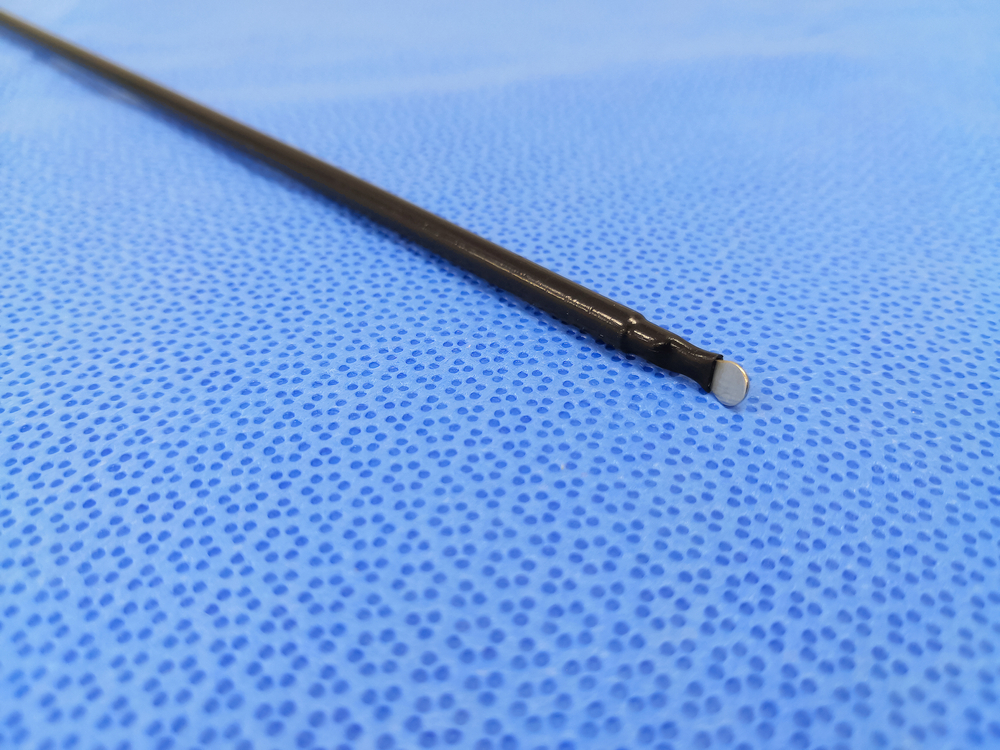- info@themedicity.com
- +91 8686-58-2020
- +91 9355-696-696
- Locations - Gurugram, India I Dubai, UAE
Ergonomics Matters in Laparoscopic Surgery
Get Schedule course

Why Ergonomics Matters in Laparoscopic Surgery
Ergonomics plays a vital role in laparoscopic surgery, influencing comfort, efficiency, and patient outcomes. Explore advanced laparoscopy training courses, including basic laparoscopic training, FMAS, and DMAS in India.
What is Ergonomics and Why is it Important in the OR?
Ergonomics focuses on designing the work environment to fit the worker, minimizing risk of musculoskeletal disorders (MSDs) and fatigue. In the OR, ergonomics ensures proper equipment placement, surgeon posture, and team coordination, all leading to:
- Reduced MSDs: Awkward postures and repetitive motions during surgery can lead to back, neck, and shoulder pain. Ergonomics helps prevent these by optimizing equipment positioning and minimizing strain. Studies have shown that a staggering percentage of surgeons experience work-related MSDs, highlighting the importance of ergonomic interventions.
- Improved Efficiency: A well-designed OR workspace allows surgeons and their teams to work comfortably and efficiently. This can lead to shorter surgery times, which translates to lower costs, reduced anesthesia exposure for patients, and potentially better outcomes.
- Enhanced Patient Safety: Surgeon fatigue is a major risk factor for errors during surgery. Ergonomics helps maintain surgeon focus and alertness throughout the procedure, contributing to improved patient safety.
Key Ergonomic Considerations in Laparoscopic Surgery
- Monitor Placement: The laparoscopic monitor should be positioned directly in front of the surgeon, minimizing neck strain. Consider ceiling-mounted monitors for optimal adjustability. This allows surgeons to maintain a neutral spine posture throughout the procedure.
- Surgeon Posture: The ideal posture is relaxed with elbows bent at 90-120 degrees and a slight downward gaze. Footrests can help maintain proper posture and alleviate strain on the lower back. Special ergonomic chairs may also be beneficial.
- Foot Pedal Location: Foot pedals should be positioned close to the surgeon and aligned with the direction of the instruments, minimizing awkward leg and body movements. This reduces static load on muscles and prevents unnecessary fatigue.
- Port Placement and Instruments: Ports should be placed strategically to avoid instrument clashing and excessive shoulder motion. Instruments should be inserted deep enough to minimize fatigue. Trocar placement should also consider patient factors, such as body mass index, to avoid complications.
- Team Placement: The surgical team should be positioned to have a clear view of the monitor without obstruction. Multiple monitors can be helpful, especially for assistants and nurses who may be positioned differently from the surgeon. Clear communication and coordination between team members are also crucial aspects of ergonomic surgery.
- Ambient Lighting: The OR should have dimmable lights to minimize glare for the surgeon while maintaining adequate lighting for the team. This helps prevent eye strain and fatigue for the surgeon while ensuring the surgical field is well-illuminated for the entire team.
- Scrubs and Footwear: Comfortable, well-fitting scrubs and footwear are essential for unrestricted movement. Loose or ill-fitting clothing can snag on equipment and restrict movement, while uncomfortable shoes can lead to foot pain and fatigue.
- Technical Advancements: Laparoscopic procedures require additional equipment. A larger OR with organized equipment circulation is crucial to prevent clutter and fatigue. Investing in mobile equipment stands and utilizing designated zones for equipment can streamline workflow and minimize unnecessary movement.
Optimizing Ergonomics in Your OR
- Promote Ergonomic Awareness: Educate surgeons and staff on the importance of ergonomics and best practices. Workshops, training sessions, and educational resources can all help raise awareness about ergonomics and its benefits.
- Invest in Ergonomic Equipment: Consider adjustable chairs, footrests, and properly positioned monitors. Ergonomic upgrades don’t have to be extensive. Even small changes, like providing adjustable stools or adding anti-fatigue floor mats, can make a big difference.
- Develop an Ergonomic Culture: Encourage open communication about ergonomic concerns and implement solutions as a team. Regular discussions about ergonomic challenges and brainstorming solutions can foster a culture of safety and well-being in the OR.
By prioritizing ergonomics, surgical teams can create a safer, more efficient, and more comfortable work environment, ultimately leading to better patient care. Ergonomics is an investment in the well-being of your surgical team, the quality of patient care, and the overall efficiency of your operating room.
Want to Learn More About Ergonomics in Laparoscopic Surgery?
At The Medicity, we offer a comprehensive program in laparoscopic surgery, with a strong focus on ergonomics. Our courses cover a variety of topics, including:
- Proper posture and technique for laparoscopic surgery
- The use of ergonomic equipment and instruments
- Strategies for preventing MSDs
We also have a state-of-the-art training facility that is designed to be ergonomically friendly. Our instructors are experienced laparoscopic surgeons who are passionate about teaching ergonomics.
Join Us and Become an Expert in Ergonomic Laparoscopic Surgery
If you are interested in learning more about ergonomics in laparoscopic surgery, we invite you to join The Medicity. We offer a variety of courses to meet the needs of surgeons at all levels of experience.
Related Courses

